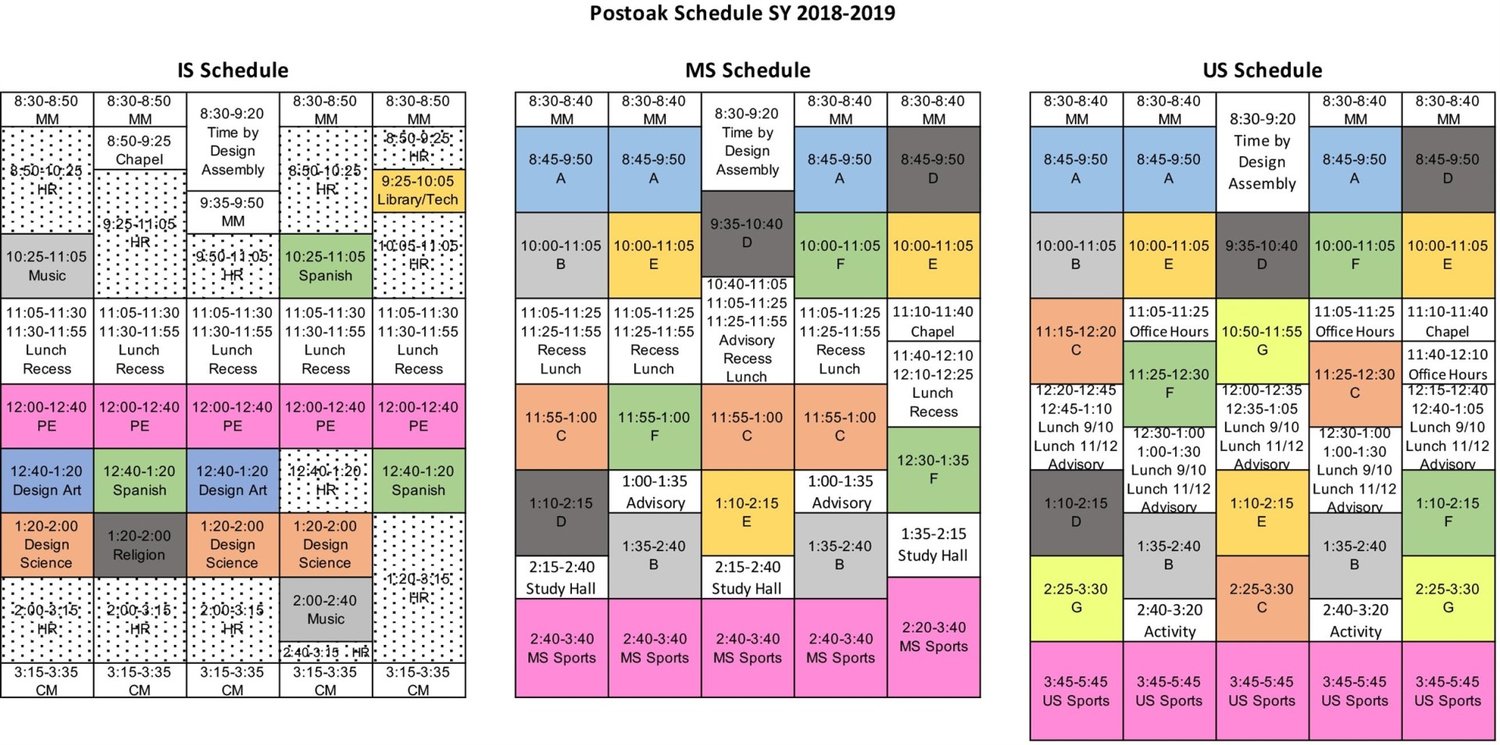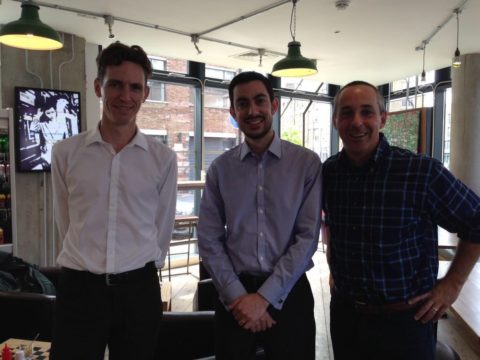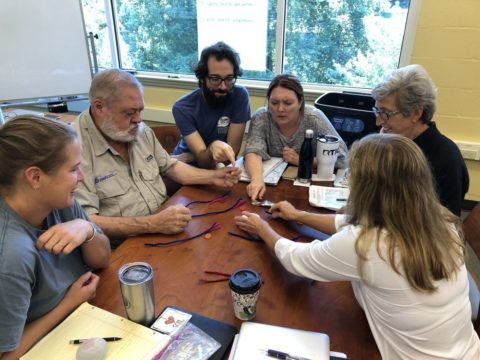Letter written by SAES Head Of School, Robert Kosasky:
Over the past decade, St. Andrew’s and our Center for Transformative Teaching and Learning have worked tirelessly to develop the most research-informed faculty in the country. Each day I watch these extraordinary educators unlock their students’ potential with rigor, innovation, and joy.
This commitment to student-centered, research-based practice has led St. Andrew’s to redesign the Postoak academic schedule for the 2018-2019 school year. Over the past 18 months, a task force of teachers and administrators has gathered input and research, along with feedback from students and parents, to determine how the flow of each school day can maximize student learning and well-being. Specifically, the task force prioritized:
- Lengthening class periods beyond the current 40-minute standard to promote creative teaching and deep learning
- Reducing the number of class periods per day (and therefore the number of homework assignments per evening) to promote focus and moderate the rushed tempo of school life
- Increasing time for students to meet with teachers and their peers during the school day for academic enrichment and healthy socialization
- Minimizing conflicts between class time and other important school activities, including assemblies, field trips, and athletic competitions
The result of this work is a new schedule that will continue to provide our students with a rigorous research-informed education that gives them time to pursue their passions and focus on their well-being.
Maximizing Learning Without Adding Stress
Middle and Upper School students will have four classes in a typical day with each class lasting 65 minutes. Research suggests that engaged, focused, deep learning requires longer class periods with fewer transitions during the school day and fewer, more meaningful homework assignments at night. Passing time between classes will be increased to 10 minutes. This creates more time for peer interaction and reflection, and a less stressful flow to the school day.
Intentional Time to Collaborate with Teachers and Peers
The schedule affords structured “office hours” several times a week for students to meet with teachers to receive individual enrichment and extra help, and allows for classes to be extended when necessary for science labs, studio art lessons, and other specialized learning. It also provides study hall for Middle School students. The schedule offers ample time for athletics, chapel, advisory, clubs, and assemblies without “borrowing” from academic periods, preserving essential teaching and learning time.
Time for Community-Building, Well-Being and Curiosity
As educators, one of the most exciting parts of the new schedule is Wednesday morning. That time is blocked off for assemblies and all-school chapels. But not every Wednesday in a trimester has a community gathering. On those days, that 65-minute block of time, which we are calling “Time by Design,” can be used in a variety of ways, self-selected by our students.
They can choose to tackle group work and projects, meet with clubs, find time to work with a teacher, brainstorm with their FIRST Robotics team, sign up to become a peer tutor, work on a passion project in the D!Lab, utilize the fitness center or even get to sleep earlier knowing they have an hour at the start of the day to complete homework assignments. There will be expanded programming for Intermediate School students on Wednesday mornings, allowing our youngest Postoak students to try new things and discover new passions. Buses will continue to run on the same schedule on those Wednesdays.
As a research-informed school, it is critical that we pilot this schedule before implementing it next year. The week of February 26 through March 2, students on the Postoak campus will live the new schedule with our current 8:30 a.m. start time. This will allow our administration the opportunity to implement the schedule seamlessly next fall, while showing our students the benefits of these longer classes, a benefit they advocated for throughout this process.
As a destination school for research-informed teaching and learning, we are so glad to take this next step in our evolution with you. We have no doubt that this new schedule will enhance our ability to know and inspire each child.
Robert Kosasky, Head of School, St. Andrew’s Episcopal School
If you’d like to read some of the research that was utilized in creating the new schedule, please feel free to check out these articles:
Research on schedules
- Block Scheduling (Education Endowment Foundation)
- Julie Aronson, Joy Zimmerman, and Lisa Carlos. “Improving Student Achievement by Extending School: Is It Just a Matter of Time?” (WestEd, 1998).
Well-being and time use
- Denise Pope, Maureen Brown, and Sarah Miles, Overloaded and Underprepared: Strategies for Stronger Schools and Healthy, Successful Kids, 1 edition (San Francisco, CA: Jossey-Bass, 2015).
- Some of the content from this book is summarized here: What Kids Need for Optimal Health and School Engagement (MindShift/KQED News)
Why longer periods can lead to great teaching
- Barak Rosenshine, Principles of Instruction: Research-Based Strategies That All Teachers Should Know (American Educator), 2012
- American Psychological Association, Top 20 Principles from Psychology for PreK-12 Teaching and Learning, 2015
A drive to set better homework
The importance of sleep
- Rasch, B. & Born, J. About Sleep’s Role in Memory. Physiological Reviews 93, 681-766, doi:10.1152/physrev.00032.2012 (2013).
Why face-to-face time is important for teachers and students
- John A. C. Hattie and Gregory M. Donoghue, “Learning Strategies: A Synthesis and Conceptual Model,” Nature, Science of Learning 1 (August 10, 2016): 16013 https://doi.org/10.1038/npjscilearn.2016.13




